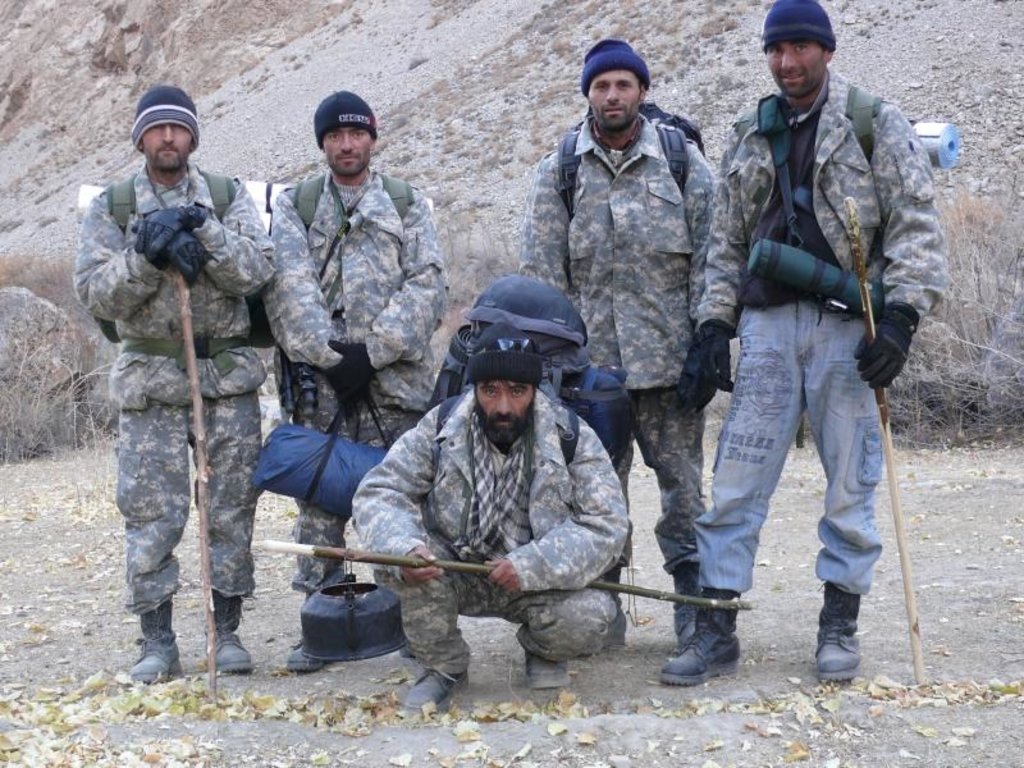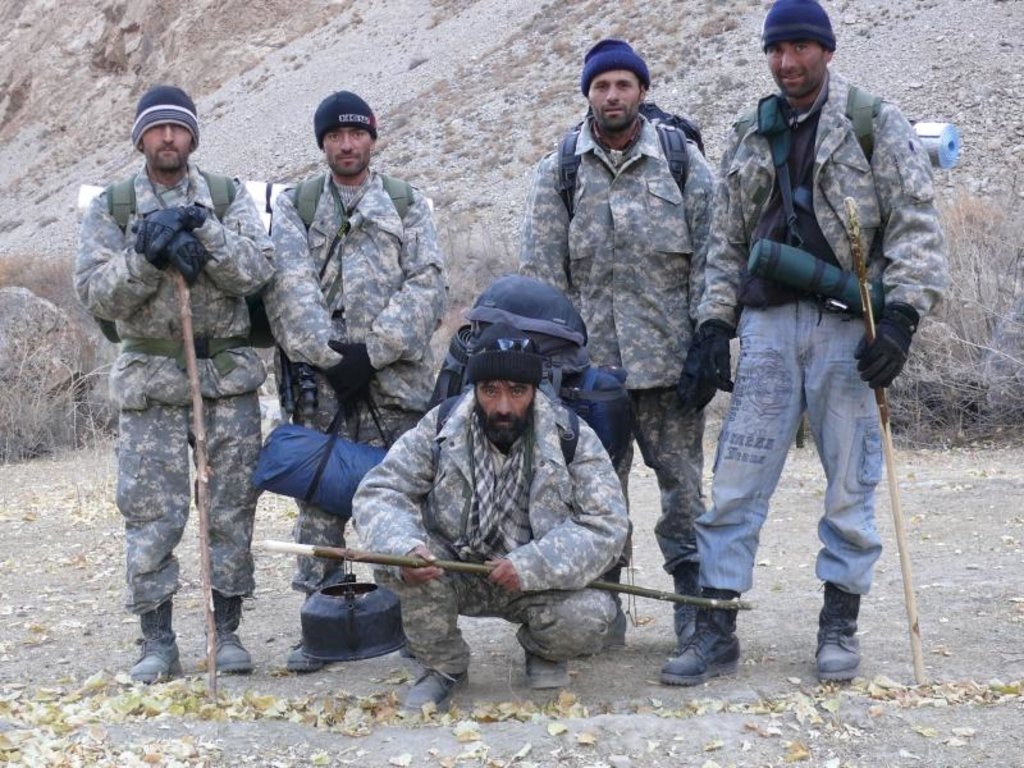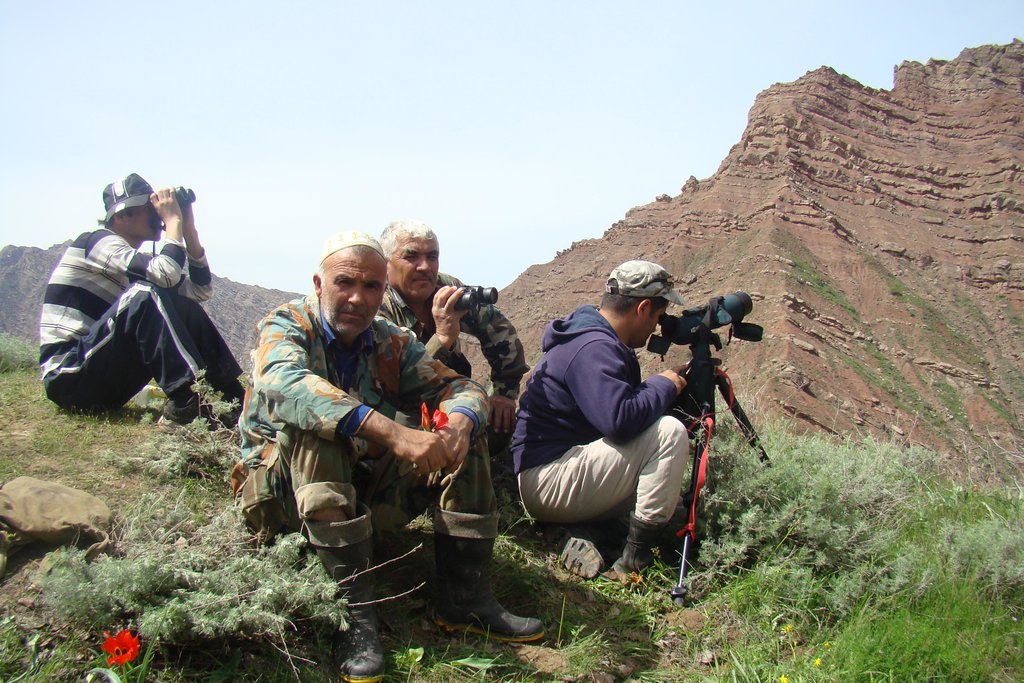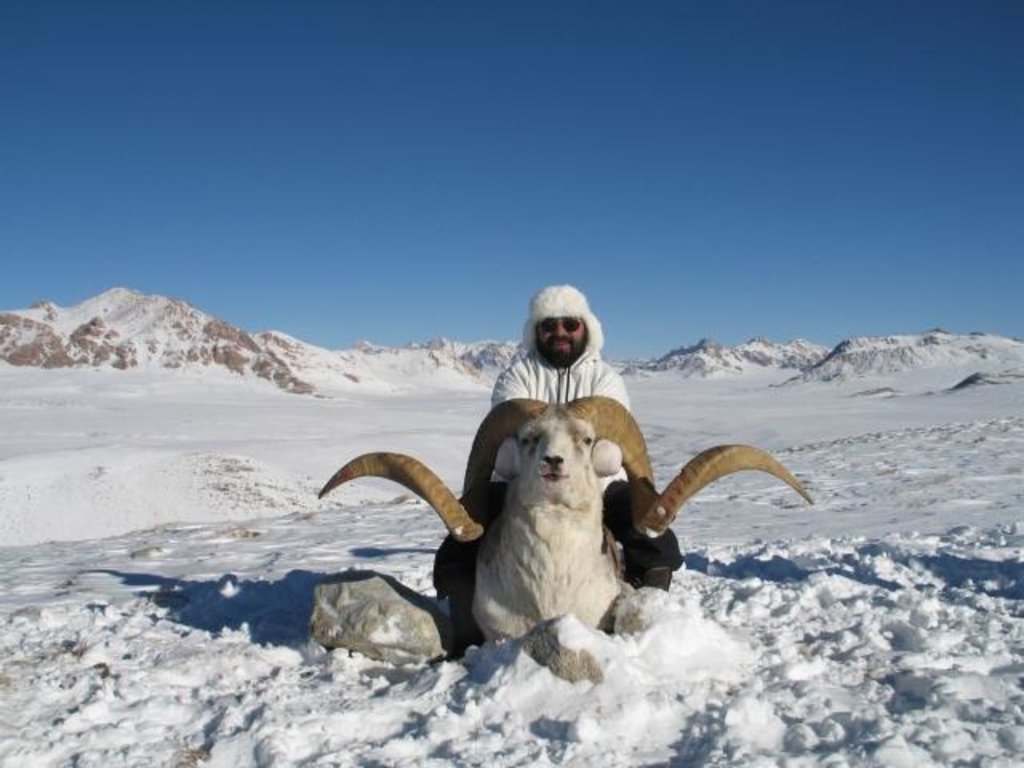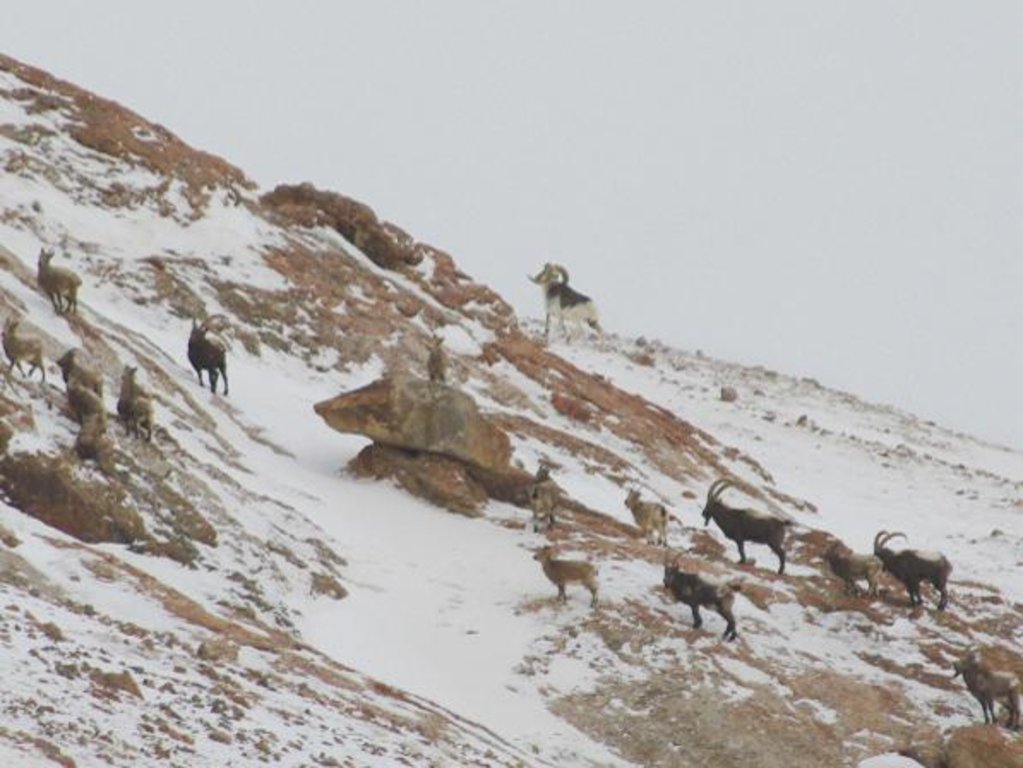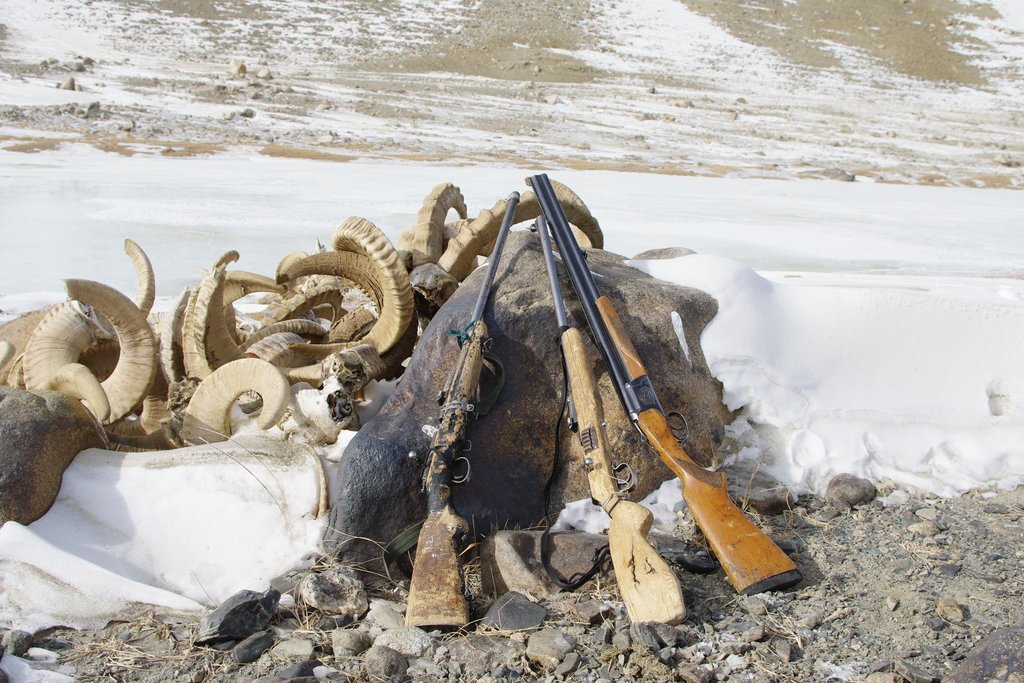Protection and sustainable of mountain ungulates [Tayikistán]
- Creación:
- Actualización:
- Compilador: Natalia Mityakova
- Editor: –
- Revisor: David Streiff
approaches_2678 - Tayikistán
Visualizar secciones
Expandir todo Colapsar todos1. Información general
1.2 Detalles de contacto de las personas de referencia e instituciones involucradas en la evaluación y la documentación del Enfoque
1.3 Condiciones referidas al uso de datos documentados mediante WOCAT
¿Cuándo se compilaron los datos (en el campo)?
01/04/2009
El compilador y la/s persona(s) de referencia claves aceptan las condiciones acerca del uso de los datos documentados mediante WOCAT :
Sí
2. Descripción del Enfoque MST
2.1 Breve descripción del Enfoque
The sustainable use of wild mountain ungulates by local peoplefor eco-tourism, hunting tourism and subsistence hunting stimulates the protection of the populations and habitats of these species thus providing an alternative and adapted land-use option contributing to climate resilience trough biodiversity conservation, avoidance of desertification and diversification of land-use.
2.2 Descripción detallada del Enfoque MST
Descripción detallada del Enfoque MST:
Aims / objectives: Protection and sustainable use of wild mountain ungulates (ibex, markhor, argali, urial) in Tajikistan.
Methods: Assignment of hunting grounds to organizations (private or non-commercial, non-governmental) established by local people. Protection of the animal populations against poaching, elaboration and implementation of management plans, population monitoring. Based on monitoring results issuing of permits for use of animals. Use of permitted quota for hunting tourism and subsistence hunting. Additionally eco-tourism (non-consumptive).
Role of stakeholders: Local people, in particular active and former hunters are the main actors. Collaboration witth state agencies in charge of nature protection and hunting and with scientific institutions as well as with touroperators is supported by the project.
Other important information: The approach has in fact been implemented already since the 1990s, without project support. With project assistance it is refined, more focussed on community involvement and sustainability of used wildlife populations.
2.3 Fotos del Enfoque
2.5 País/ región/ lugares donde el Enfoque fue aplicado
País:
Tayikistán
Región/ Estado/ Provincia:
Tajikistan/Khatlon and GBAO
Especifique más el lugar :
Shuroabad, Darvaz, Rushan, Ishkashim, Murghab
Comentarios:
The approach is applied in several model areas supported by a German development aid project and in large privately managed game management areas of up to 2,000 km². Model areas of the project are of 20 to 500 km².
2.6 Fechas de inicio y conclusión del Enfoque
Indique año del inicio:
2008
2.7 Tipo de Enfoque
- proyecto/ basado en un programa
2.8 Propósitos/ objetivos principales del Enfoque
The Approach focused mainly on SLM with other activities (wildlife monitoring, involvement of local communities, sustainable hunting, trophy hunting, subsistence hunting, ecological tourism)
Populations of wild mountain ungulates are stable and in the range of the natural carrying capacity. Their sustainble non-consumptive and consumptive use supports local people and local rural development. The benefits from the sustainable use of mountain ungulates stimulates their protection and the protection of habitats, thus avoiding loss of biodiversity and land-degradation.
The SLM Approach addressed the following problems: Extirpation of wild mountain ungulates due to illegal and/or unregulated hunting and degradation of their habitats. This leads not only to loss of biodiversity but as well to the loss of land-use options. Well managed wild animals are less critical in terms of land degradation than livestock grazing.
2.9 Condiciones que facilitan o impiden la implementación de la/s Tecnología/s aplicadas bajo el Enfoque
normas y valores sociales/ culturales/ religiosos
- impiden
Difficulties to collaborate within the communities, tendencies to purchase individual interests seperately.
Treatment through the SLM Approach: Group facilitation. Insisting in large management units, collectively managed.
disponibilidad/ acceso a recursos y servicios financieros
- impiden
Lack of immediate income from wildlife. Expectations of external payment for work as rangers.
Treatment through the SLM Approach: Support with initial investment into needed equipment. Support of eco-tourism and hunting tourism development providing at least initial income.
entorno institucional
- impiden
So far no community could become wildlife manager. All initiatives are based on private organizations or NGO.
Treatment through the SLM Approach: Facilitation of linkages between wildlife managing organizsations and community institutions.
marco de trabajo legal (tenencia de tierra, derechos de uso de tierra y agua)
- impiden
Long delay in assigning responsibility and authority for managing hunting grounds to community based organizations. Hesitance to devolve power to local people. Some species cannot yet been legally used due to national and international legal restrictions.
Treatment through the SLM Approach: Facilitation, support to state agencies in charge to develop adequate contracts. Support to improvement of national legal framework. Information of relevant international organizations and foreign decision makers on the impact of existing regulations.
conocimiento de MST, acceso a apoyo técnico
- impiden
Population estimates for mountain ungulates are technically difficult and assumptions necessary to be fulfilled for estimates based on limited samples rarely fulfilled.
Treatment through the SLM Approach: Instead of population estimates index surveys providing minimum numbers are conducted and the methods are refined. The results of these index surveys are used for a careful and conservative suggestion of quota for sustainable use.
3. Participación y roles de las partes interesadas involucradas
3.1 Partes interesadas involucradas en el Enfoque y sus roles
- usuarios locales de tierras/ comunidades locales
Local users are the main actors in the model areas. They are supported by the project staff
Women are usually not much interested in hunting related issues. But they are intensively involved in tourism related activities.
In the community based NGO participate socially and economically disadvantaged groups. In particular the people living in remote mountain villages with limited income opportunities.
- ONG
International NGO gives technical advise
National NGO is project implementer.
- sector privado
Private conservancies and hunting concessions
- gobierno nacional (planificadores, autoridades)
Involvement of experts of relevant agencies. Close cooperation on all issues.
- organización internacional
Financial support and inclusion in GIZ's regional programme on sustainable use of nature resources in Central Asia.
3.2 Involucramiento de los usuarios locales de tierras/ comunidades locales en las distintas fases del Enfoque
| Involucramiento de los usuarios locales de tierras/ comunidades locales | Especifique quién se involucró y describa las actividades | |
|---|---|---|
| iniciación/ motivación | auto-movilización | |
| planificación | apoyo externo | |
| implementación | interactivo | |
| monitoreo y evaluación | apoyo externo | |
| Research | interactivo |
3.4 La toma de decisiones en la selección de Tecnología(s) MST
Especifique quién decidió la selección de las Tecnología/ Tecnologías a implementarse:
- principalmente usuarios de tierras con el apoyo de especialistas MST
Explique:
Decisions were made in the frame of the project in workshops of interested community members involved in use of wildlife. Facilitation by the project's experts.
Decisions on the method of implementing the SLM Technology were made by mainly by land users supported by SLM specialists. All work is discussed in the local groups with support by the project's experts.
Vínculos y módulos
Expandir todo Colapsar todosVínculos
No hay vínculos
Módulos
No se hallaron módulos



